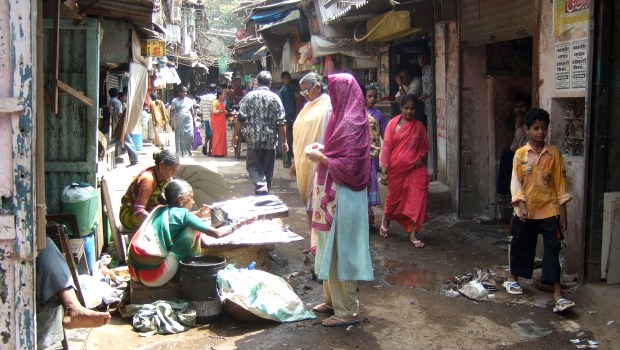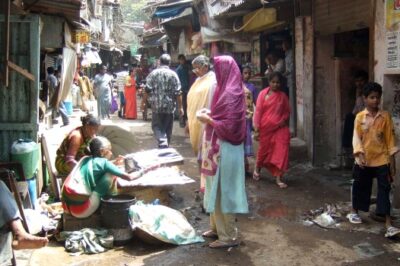
Introduction: A Decade of Transformation
India has achieved a significant milestone in poverty alleviation, with the extreme poverty rate plummeting from 27.1% in 2011-12 to just 5.3% in 2022-23. This remarkable decline indicates that approximately 269 million individuals have been lifted out of extreme poverty over the past decade, as reported by the World Bank.
Key Drivers of Poverty Reduction
Several factors have contributed to this substantial reduction in poverty. Government initiatives such as the Pradhan Mantri Garib Kalyan Anna Yojana (PMGKAY) have played a crucial role in providing food security to millions during challenging times. Additionally, programs aimed at improving education, healthcare, and rural infrastructure have enhanced the quality of life for many, leading to increased economic opportunities.
Regional Disparities and Progress
While the national average shows significant improvement, certain regions have made notable strides. States like Uttar Pradesh, Bihar, Madhya Pradesh, Odisha, and Rajasthan have been instrumental in driving down poverty rates. These states, which accounted for a substantial portion of the extreme poor in 2011-12, have seen considerable reductions in poverty, showcasing the effectiveness of targeted regional policies.
Challenges and Areas for Improvement
Despite the overall progress, challenges remain. Income inequality persists, with the top 10% earning significantly more than the bottom 10%. The World Bank’s Gini index, which measures income inequality, improved from 28.8 in 2011-12 to 25.5 in 2022-23, indicating some progress, but disparities continue to exist.
Conclusion: A Path Forward
India’s journey from 27.1% to 5.3% in extreme poverty over a decade is a testament to the nation’s commitment to inclusive growth and development. While challenges remain, the significant strides made provide a strong foundation for continued progress. By addressing regional disparities and focusing on reducing income inequality, India can work towards eradicating poverty in all its forms. The path forward involves sustained efforts, innovative policies, and inclusive growth strategies to ensure that the benefits of development reach every citizen.









































Leave a Reply